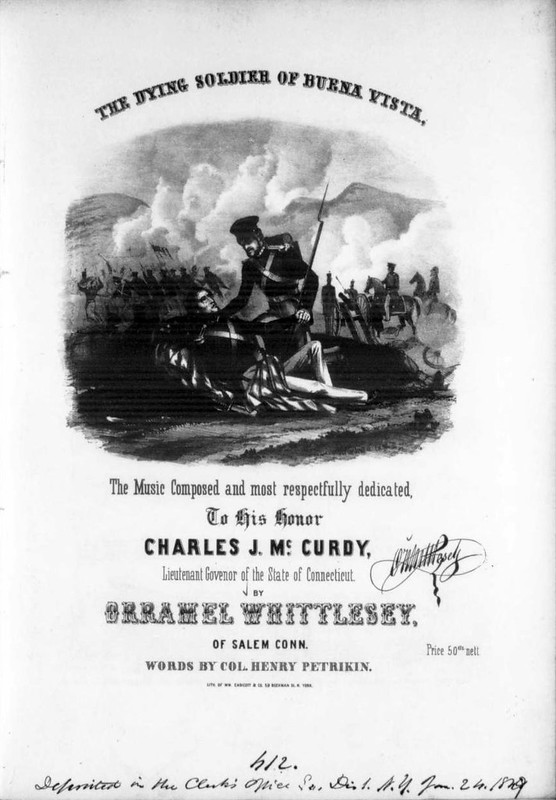 As a young boy growing up on a farm in Salem, CT during the early years of the 19th century, Orramel Whittlesey and his two brothers dreamed of owning a piano. Their father eventually acquiesced to their repeated requests, thus marking the beginning of the transformation of Orramel Whittlesey. Several days each week following a full day of farming chores, he made the three-hour journey to New London for piano lessons, gradually attaining the musical skills of an accomplished pianist.
As a young boy growing up on a farm in Salem, CT during the early years of the 19th century, Orramel Whittlesey and his two brothers dreamed of owning a piano. Their father eventually acquiesced to their repeated requests, thus marking the beginning of the transformation of Orramel Whittlesey. Several days each week following a full day of farming chores, he made the three-hour journey to New London for piano lessons, gradually attaining the musical skills of an accomplished pianist.
In 1826, at the age of twenty-five he and his two brothers moved to Buffalo, New York and began manufacturing hand-built pianos made of rosewood and mahogany with inlaid mother of pearl ornamentation. Seven years later the brothers returned to Salem and recreated their successful piano manufactory. While his two brothers remained focused on their business of building pianos, Orramel pursued a new vision of establishing a school of music. In 1835, he opened the doors to Whittlesey’s Music School, which later became more famously known as Music Vale Seminary.
The music school, envisioned as a boarding for young women with a core curriculum of both instrumental instruction and music theory attracted young ladies from well to do families from as far away as Canada and the West Indies. They attended the school to become proficient with the piano, harp and guitar as well as voice training. The school was particularly popular with young women hailing from the antebellum Southern states who comprised the largest proportion of the student body. The school enrolled an average of eighty students per year and was the first music school in the United States to confer an official degree in music upon graduation.
Whittlesey ambitious vision for the school led him to hire an architect from New York to design an elaborate auditorium replete with frescoed wall and ceilings. An elegant gallery and ornate viewing boxes for distinguished guests enhanced the experience of the musical productions performed by the students of the school. Stage hands routinely used blasting powder to create spectacular lighting and sound effects. This proved to be tragic during a performance in 1868 when a fire ignited by blasting powder resulted in a fire that consumed the entire auditorium.
Whittlesey responded to the fire by building an even larger more luxurious auditorium. However, the Civil War had already eroded the enrollment of young female students from the South, severely reducing the school’s revenue. A smaller version of the music school continued training students until Orramel Whittlesey’s death in 1876.
To learn more about Music Vale Seminary, visit the Otis Library’s Flickr site of historical photographs.
